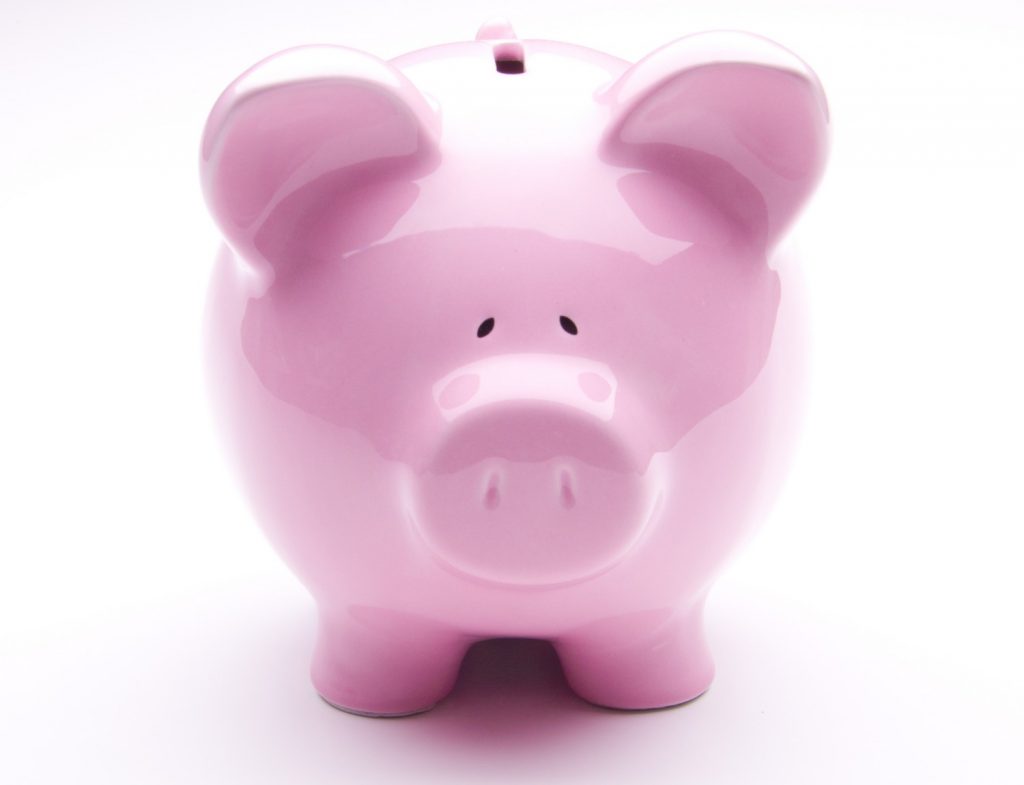
An emergency fund is basically a reserve of money you set aside in case of an emergency such as being unexpectedly fired from your job or your car’s transmission failing. Many people recommend analyzing your monthly income or cost of living and then aiming to have three, six, or even eight months of funds on hand. However, when you are starting out building the fund, you should first aim for one month of funds, then two, and so on. For example, if your cost of living is $3,000 per month, you would want $18,000 in your emergency fund to cover six months of expenses. Then, you would not be scrambling to pay bills or find another job. This flexibility allows you to reduce stress and make better long-term decisions about your next employer.
Why have an emergency fund? The emergency fund is the first step toward financial independence. Credit card issuers like to tout credit cards as an “emergency” lifeline, but this only encourages you to end up not being able to pay the balance back and being subjected to extraordinary interest rates that are often as high as 28% per year (annual percentage yield).


